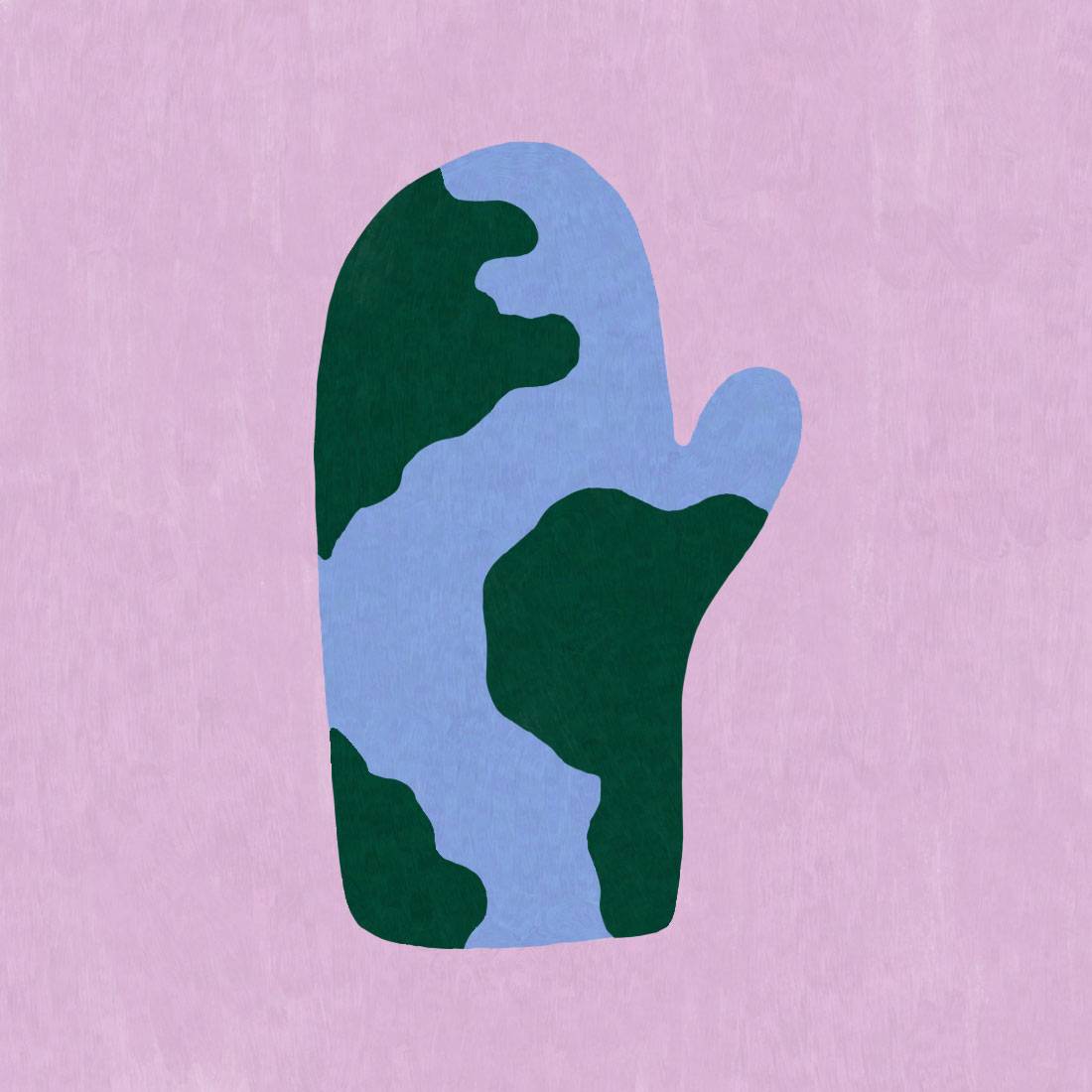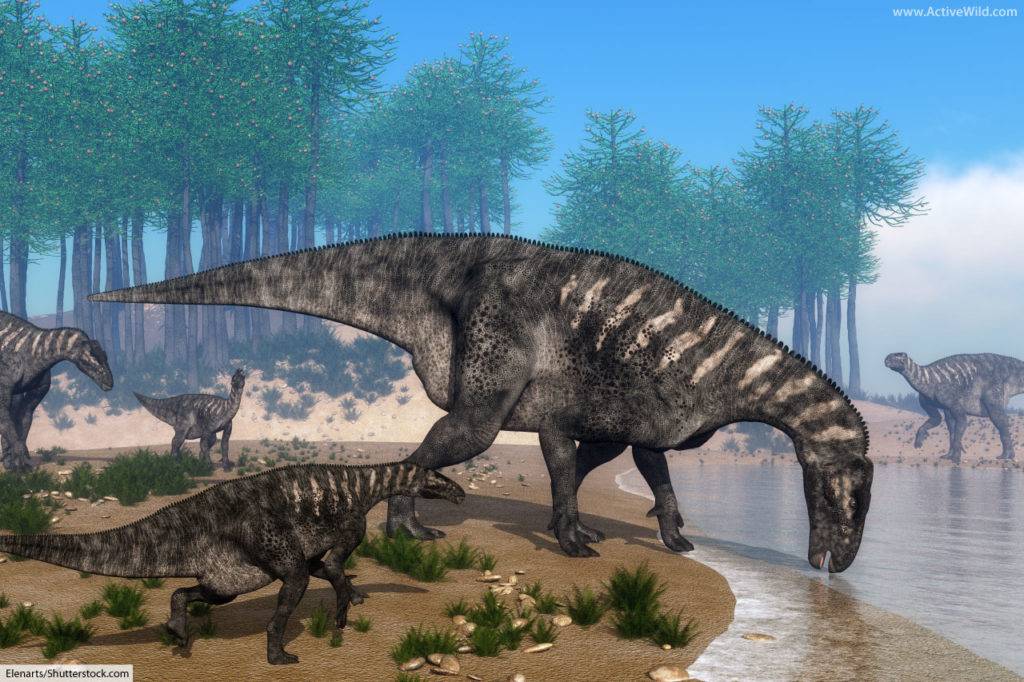A blueprint for climate-friendly holiday cooking


The spotlight
Happy (almost) Thanksgiving, Looking Forward fam! However you celebrate this holiday, if you celebrate it, we hope you’re taking time this week to savor the company of family and friends, the changing of the seasons — and of course, food, glorious food.
Cooking a feast, whether it’s for two people or 20, can come with some stressful considerations. What to make? How much to make? How to budget time and money? And, since you’re here reading this newsletter, you may also be thinking about how to prepare delicious, celebratory meals that uphold your dedication to a clean, green, just world.
Food writer and recipe tester Caroline Saunders has given this some thought. Saunders worked at Grist for a number of years before heading to pastry school at Le Cordon Bleu Paris to pursue her passion for climate-friendly desserts. …

